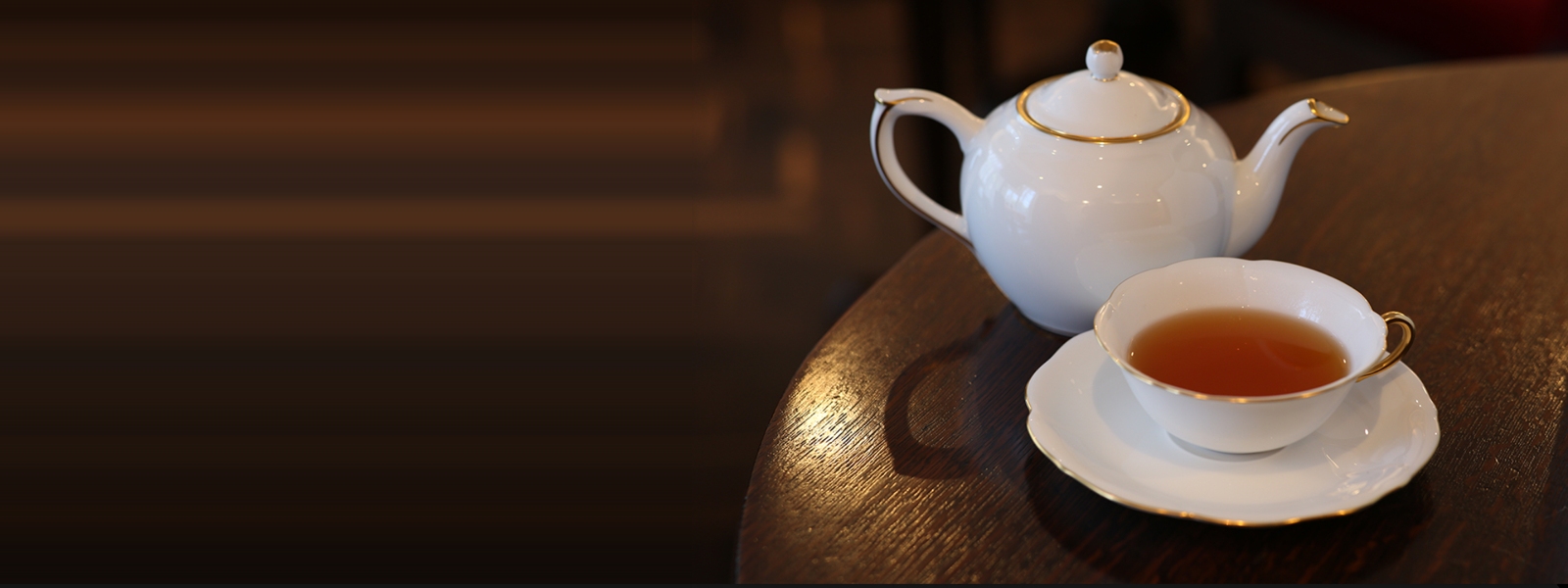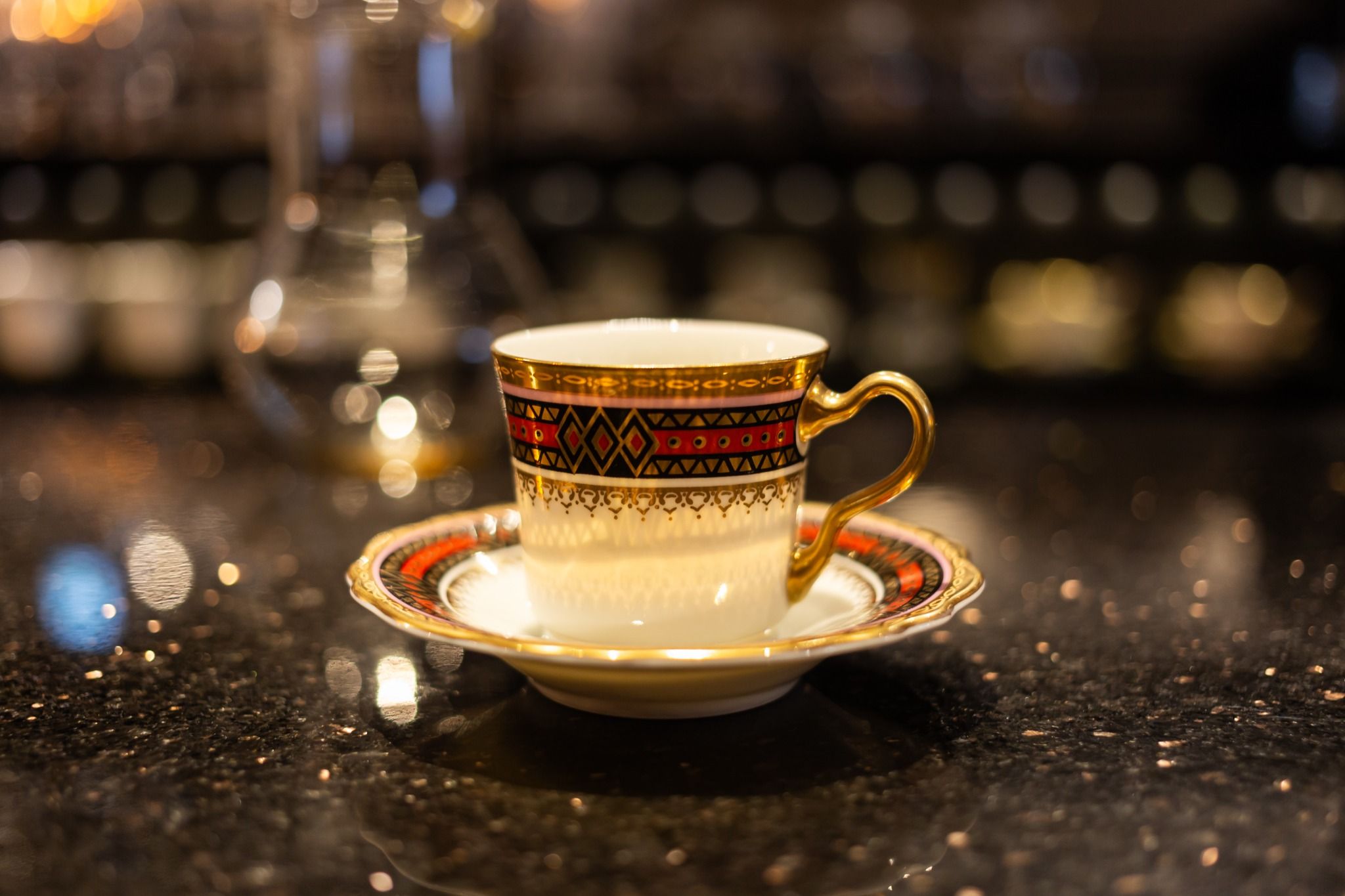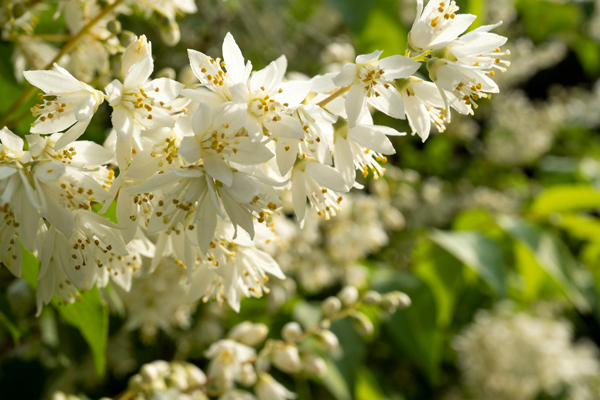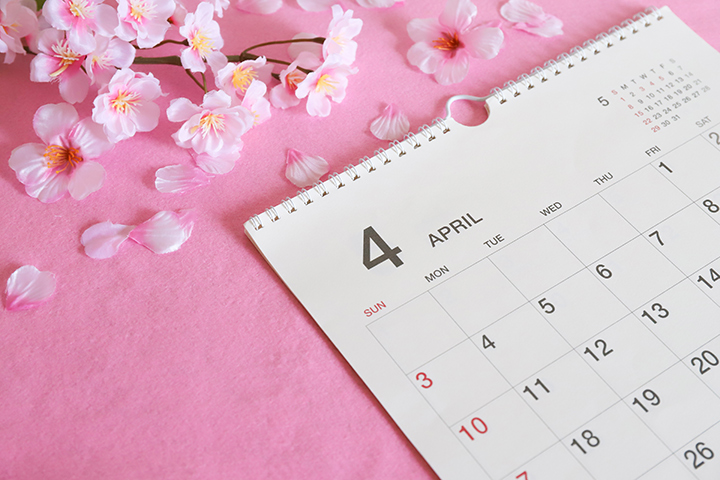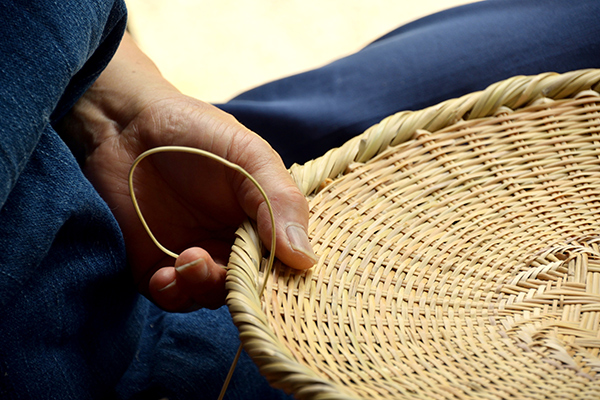Tea is a beloved beverage worldwide, but the ways it is enjoyed and the cultures surrounding it vary by country. In Japan, tea is seen as something to be savored in tranquility, while in China, it has become a social occasion that connects people. In England, the elegant tradition of afternoon tea, featuring black tea and light snacks, is widely recognized.
So, what are the differences between Japanese tea, Chinese tea, and black tea? By comparing each culture, we will explore the diversity of tea enjoyment.
1. The Culture of Japanese Tea: Savoring a Cup in Tranquility
Tea Ceremony and Everyday Japanese Tea: Integrating Spirituality into Daily Life
In Japan, tea is not merely a beverage but a deeply rooted part of life. Especially in the tea ceremony, the actions of preparing tea and the handling of utensils are imbued with meaning, and the time spent savoring a cup of tea is of great importance. Enjoying a moment of matcha in the quiet of a tea room serves as a mental respite from the busy daily routine.
On the other hand, sencha is cherished in a way that complements everyday life. It is a common practice for Japanese people to enjoy freshly brewed sencha with meals or during breaks at work, making it a natural part of their daily habits.
Matcha Tea
Sencha
Differences Between Sencha and Matcha: Types and Characteristics of Japanese Tea
There are various types of Japanese tea, but "sencha" and "matcha" are particularly representative. While matcha is emphasized in the world of tea ceremony, it has also gained popularity overseas in the form of "matcha lattes" and "matcha sweets."

2. The Culture of Chinese Tea: Connecting People Through Tea Time
Moments Spent in Tea Houses: Tea as a Social Venue
In China, tea is enjoyed as something that "connects people." Streets are lined with tea houses, where a culture of enjoying tea while conversing with friends and family is well-established. Additionally, serving tea is common in business settings, serving as a means of hospitality for guests.
What is Gongfu Tea? A Unique Chinese Way of Brewing Tea
One way to enjoy Chinese tea is through "gongfu tea." This traditional brewing method maximizes the flavor of the tea leaves by using a small teapot and teacups, allowing drinkers to enjoy the changes in aroma and taste with each infusion.
Gongfu Tea
• Characteristics: Enjoying the changes in flavor through multiple infusions
• Main Tea Leaves: Oolong tea and Pu-erh tea
• Tea Utensils: Small teapot and teacups
In this method, the first cup is lightly rinsed to open the tea leaves, with the true flavor being revealed from the second infusion onwards.
Oolong Tea
gongfu tea
3. The Culture of British Tea: Elegant Afternoon Tea
The History of Afternoon Tea: A Social Culture Born from Tea
In England, "afternoon tea" has become a symbol of tea culture. This custom began around the 18th century among the aristocracy, who would enjoy light snacks and tea between lunch and dinner. Today, afternoon tea can be enjoyed in hotels and cafes, where scones and sandwiches are served alongside tea.
Additionally, the term "tea time" reflects how integral tea is to daily life, making it an essential part of relaxation during work breaks and at home.
Types of Black Tea and Drinking Styles: British Tea Time
In England, there are various styles of drinking black tea:
• Straight Tea: Enjoying the natural aroma of the tea leaves
• Milk Tea: A rich and creamy flavor
• Lemon Tea: A refreshing taste
It is also common to enjoy sweets with tea, firmly establishing "tea time" as a part of everyday life.
Relax and enjoy a fragrant cup of tea
Enjoy with dessert
4. Comparing the Differences Between Japanese Tea, Chinese Tea, and Black Tea

When we compare these, we see that the ways of enjoying tea differ by country, yet there is a commonality in the importance placed on "cherishing tea time."
5. Enhancing Your Tea Time Experience
By learning about the tea cultures of the world, you may discover new insights during your everyday tea time.
• Brew carefully using a teapot
• Pair with your favorite snacks
• Try tasting teas from different countries
Tea is something we often drink casually in our daily lives. By paying a little more attention to that cup, you might not only appreciate its flavor but also recognize the richness of the culture behind it.
Which country's style will you enjoy in today’s cup?


